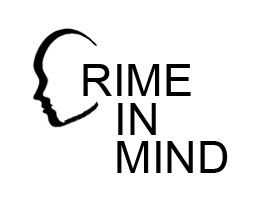
Andrew Forrester, one of our committee has characterised forensic psychiatry as “a subject so easy to marginalise and to dismiss.” Many members of the public are not sure what specialty is about, something it’s something to do with pathology and dead bodies because the title includes the word “forensic”; others may glean their information from the cinema or novels. An American study of the way in which forensic psychiatry is portrayed written by Gharaibeh (2005) concludes that “the image of psychiatrists/therapists in commercially available movies is not flattering: close to 1/2 violated boundaries, close to 1/4 committed a sexual boundary violation, and the psychiatrist/therapist was as likely to be incompetent as competent.” We decided that one way of correcting these mistaken images is to provide a short history or timeline of the subject. It will quickly be seen that forensic psychiatry is seminal to the whole of psychiatry and was demanded as a skill by courts and lawyers before it had much in the way of treatment to offer.
There are several ways to define forensic psychiatry. One useful way has been developed by a European study group in forensic psychiatry, called the Ghent group. they called it “a specialty of medicine, based on a detailed knowledge of relevant legal issues, criminal and civil justice systems. Its purpose is the care and treatment of mentally disordered offenders and others requiring similar services, including risk assessment and management, and the prevention of future victimisation.” This is a bit long winded but it tells you that it is a branch of psychiatry which has a central concern with criminal behaviours in those with significant psychological and psychiatric dysfunction (Mullen and Ogloff).
This charity is concerned with the academic aspects of forensic psychiatry which are endangered by a lack of government and university support. No specialty of medicine can flourish without conducting fundamental research and providing education to the next generation of potential specialists. As the timeline which follows shows prior to WW2, the first attempts at forming an evidence-base in offending in general, and the role of mental disorder, were made. This continued throughout the 20th Century, and a number of academic departments and posts were created and developed at Universities and within Special (high security) Hospitals. Policy development also progressed, with governmental enquiries such as the Emery, Glancy and Butler reports. The birth of modern forensic psychiatry, with the establishment of the Regional Secure Unit (later “medium secure”) network for patients to “step-down” from the Special Hospitals to more local areas, occurred. This was arguably the most important development of recent years, and the intention was to have regional research units in England funded in conjunction with these. The development of Community Forensic Services followed but the early progress In academic forensic psychiatry has stalled. We hope this timeline will give you an idea of the importance of the specialty and you may share with us the notion that its research needs to be developed to assist with crime prevention
Prof.John Gunn CBE. MD
